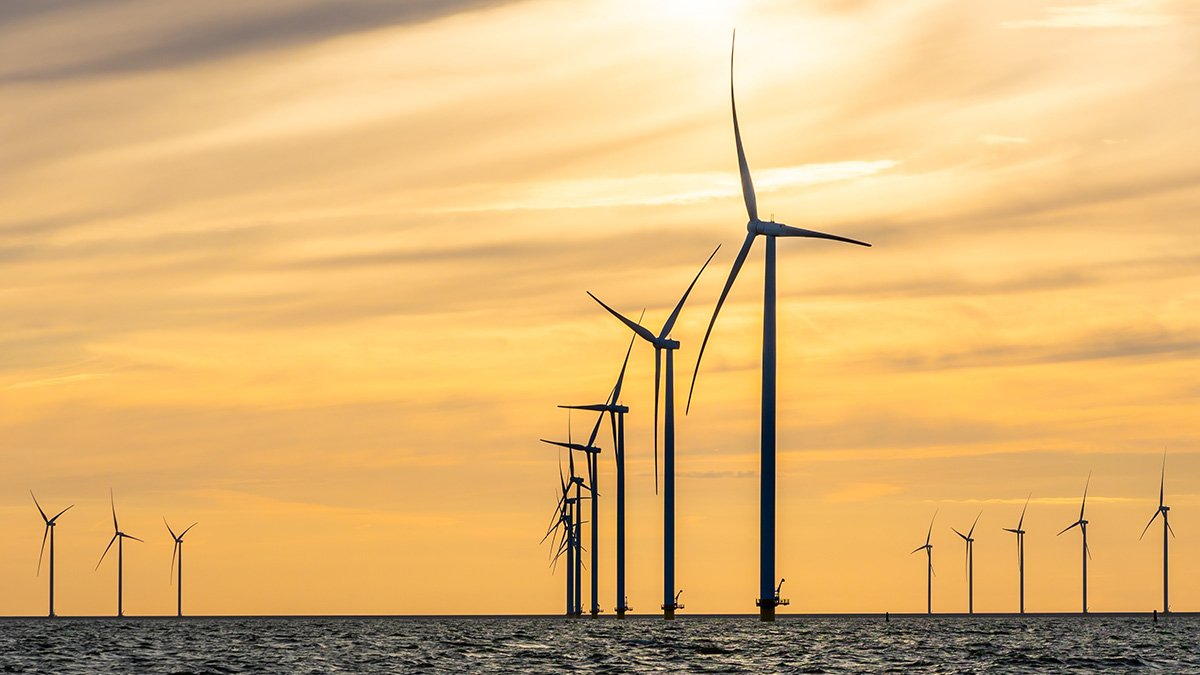News
UK’s badly-designed CfD auction attracts not a single investor

8 September 2023
The UK announced the results of their 5th Contract for Difference (CfD) auction. They were hoping to award up to 5 GW of offshore wind. But not a single offshore wind project bid in to the auction. The auction awarded support to 3.7 GW of other technologies including 1.7 GW of onshore wind.
The main reason for this failure is that the Government set a maximum allowed strike price for offshore wind that was much too low. It was £44/MWh including the cost of the grid connection. With inflation in the costs of offshore wind over the last 2 years, it’s impossible to build offshore wind at that level. Other countries such as France are doing a much better job of indexing their price support and revenue stabilisation for offshore wind. The UK’s refusal to do so seriously undermines their position as a leader in offshore wind – and their big ambition of having 50 GW of it by 2030.
The UK had already lost one of the 5 projects that won its previous offshore wind auction – when Vattenfall stopped work this summer on their 1.4 GW Norfolk project because of the Government’s failure to raise their auction price or offer capital allowances. And they still have 2 other big projects from the previous auction that are trying to make the numbers work and reach final investment decision.
Today’s auction could have also supported some floating wind projects in the Celtic Sea had the right parameters been set. The UK wants to be a leader in floating offshore wind. But with this strategy it won’t be.
The opposition Labour Party has described the auction result as an “absolute disaster for Britain”. Slowing down the expansion of offshore wind will make it harder for the UK to meet its climate targets and will impact on jobs and growth. £10bn of investment are now put on hold. And consumers will miss out on cheaper electricity – 5 GW of new offshore wind would have saved them £2bn a year.
Would indexing auction prices to reflect recent cost increases would make offshore wind more expensive? Slightly, yes, but it would still be massively cheaper than the alternatives.
“There are big lessons here for other Governments in Europe. If your auction prices don’t reflect actual costs, then no-one bids and you don’t get the offshore wind farms you want. You miss your climate and energy targets. And you miss out of jobs and growth.” WindEurope CEO Giles Dickson said.
The auction’s only saving grace is that 1.7 GW of onshore wind received support. A technology which the UK has not built a lot of recently. These new projects will come online from 2025 onwards.

